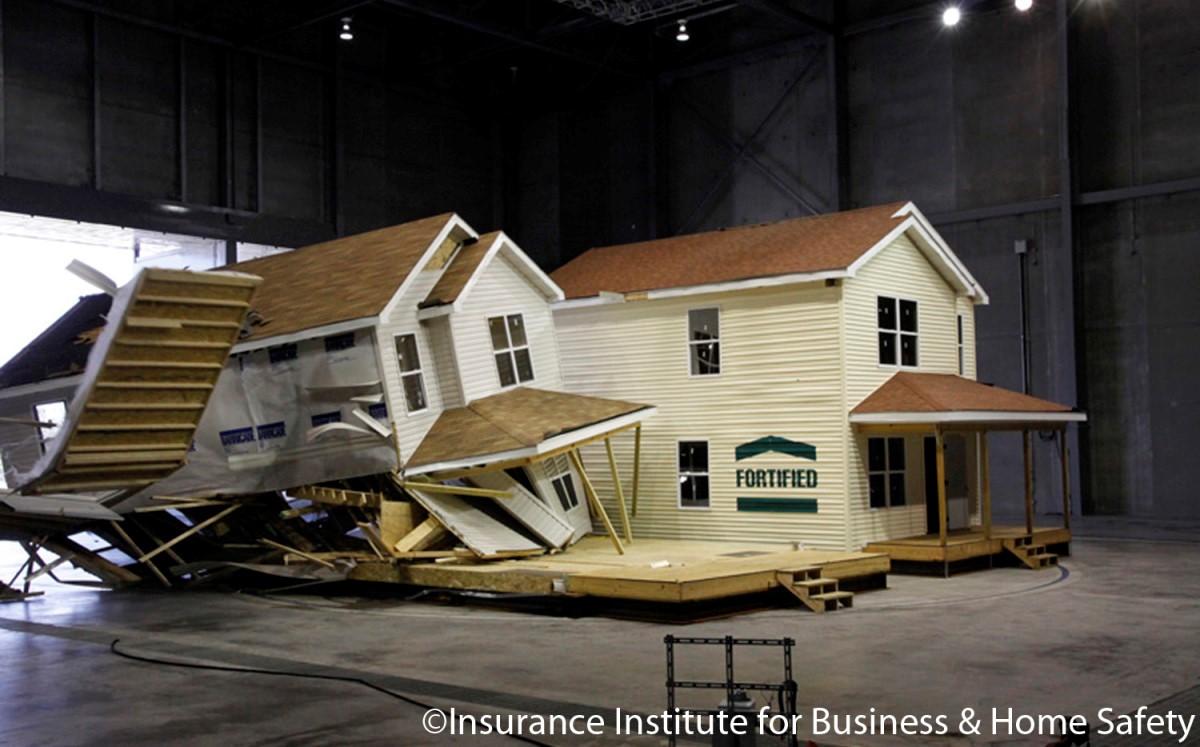Wind Codes Revisited
Every year in the United States, tornadoes and other high wind events cause damage to wood-frame residential construction. When these events occur, we are bombarded with images of extensively damaged buildings and home-owners sorting through debris trying to salvage their belongings. Inevitably, these communities rally together afterwards to support those impacted and promise to rebuild.
When I was growing up, I would watch these news stories absolutely fascinated. I couldn’t imagine how wind could cause such extensive damage. I also didn’t understand why people would rebuild in the exact same way as they did before. It seemed logical to me that if your house was destroyed by a tornado, wouldn’t you want to build a stronger house so it wouldn’t happen next time? Was it even possible to build stronger houses, or did we have to accept this level of destruction?
These questions directed my research over the past several years and I tried to better understand wind loading, specifically in tornadoes. Tornadoes are not as well understood as other straight-line winds, such as hurricanes or thunderstorms. This is due to the fact that it’s difficult to obtain direct wind measurements in a tornado. Fortunately, technological advances, in the form of mobile Doppler radar and tornado simulators, have allowed for a better understanding of the tornado wind field.
By understanding the characteristics of damaging wind, be it from a hurricane or tornado, engineers are able to estimate the wind loads on buildings. Knowledge of the magnitude and direction of the wind loading provides engineers the tools to develop techniques to better resist these loads and mitigate damage. These methods have been successfully employed in the state of Florida, which adopted some of the strictest wind provisions in the United States after Hurricane Andrew. Strengthened construction techniques, for example, include the use of ring shank nails and straps at the roof-to-wall and wall-to-foundation connections. Evidence of improved structural performance was seen during the 2004 hurricane season, and most recently with Hurricane Irma, when houses built after the adoption of the Florida Residential Code performed better than those built earlier.
While Florida has successfully utilized stricter wind provisions, adoption of similar techniques has not been commonplace in the interior portion of the United States, especially locations subjected to tornadoes. It would be beneficial for tornado-prone areas to employ similar techniques to those in used in Florida, especially since the majority of tornado damage is rated EF2 or lower on the Enhanced Fujita scale, implying strengthened construction could mitigate the most common damage modes observed. These techniques can be employed in a cost-effective manner and greatly improve a building’s resistance to high winds, as shown in both statistical models and full-scale laboratory applications (see Fig 1). So next time a community is impacted by any type of high wind event, it is my hope that they not only rebuild, but they rebuild stronger.
You can learn more about wind science and wind damage assessment to structures in our HCI-Wind course! To learn more, visit our HCI website.
Figure 1: Full-scale high wind testing of standard (left) and strengthened (right) construction.
Christine Alfano Ph.D., P.E., Forensic Engineer
Christine Alfano joined the Haag staff in 2017. She is a meteorologist and engineer who serves Haag clients in the greater Charlotte, NC area. Christine has taught Technical Writing and Mechanics of Materials as a visiting professor at Valparaiso University’s Department of Mechanical Engineering. Christine has also worked with NWS damage assessment teams following the Birmingham tornado, and with NASA to develop methods to estimate oceanic heat levels. Christine earned a Bachelor of Science in Meteorology, Summa Cum Laude, from Valparaiso University. She earned a Master of Science in Meteorology at the University of Miami and a Doctorate in Civil Engineering from Colorado State University. Christine’s work has been published in the Journal of Structural Engineering and the Journal of the Performance of Constructed Facilities. Christine is a member of the American Meteorological Society, Society of Women Engineers, American Society of Civil Engineers, and the National Fire Protection Association. Christine’s honors include Chi Epsilon Pi Meteorology Honor Society, American Meteorological Society Undergraduate Scholarship recipient, American Meteorological Society Undergrad Fellow, University of Alabama Graduate Council Fellowship, Colorado State University Dr. Jack E. Cermack Wind Engineering Scholarship recipient, and Federal Alliance for Safe Homes International Code Council Scholarship recipient.

